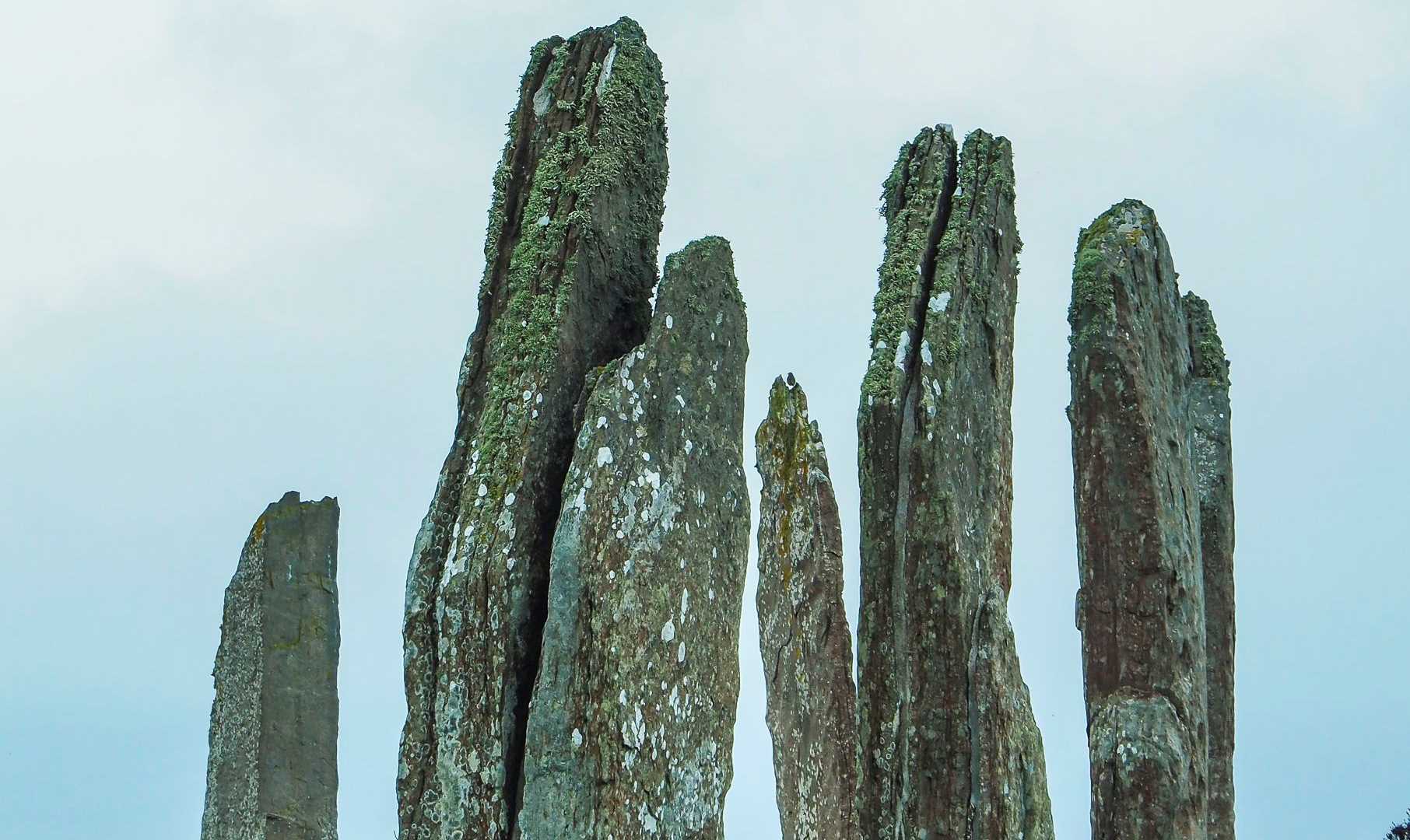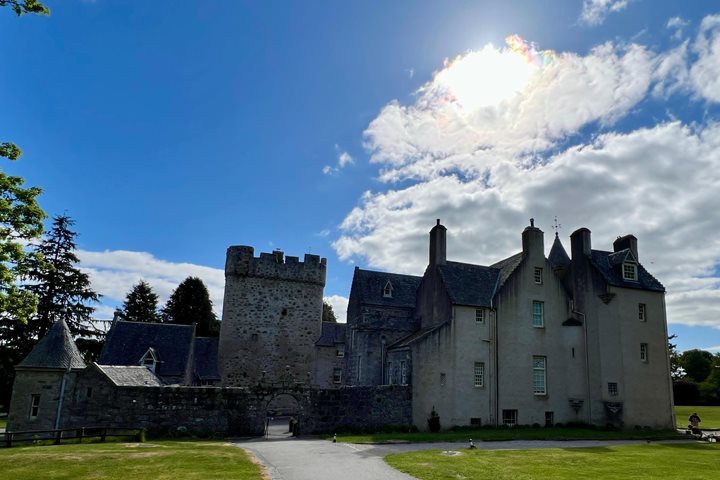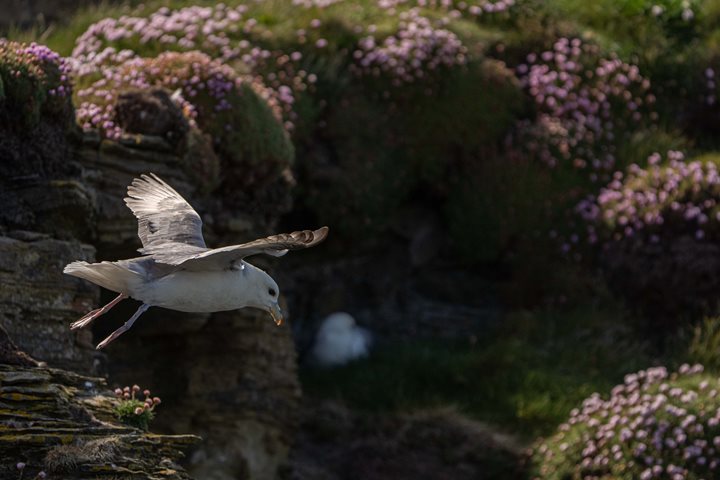Orkney, an archipelago of some seventy islands, has the greatest concentration of prehistoric archaeological sites in northern Europe and has accordingly been given UNESCO status. Our afternoon tour on Mainland, the largest of the islands, took in the Neolithic village of Skara Brae and the megalithic monument known as the Ring of Brodgar, together with the earlier Stones of Stenness and the exciting, contemporary archaeological site at the Ness of Brodgar, a site that has already confounded the archaeologists with earlier dates for these communities than had been anticipated.
Skara Bare was discovered in 1850 when a severe storm removed the sand dunes that had been covering the site. Elsewhere in northern Europe the first farmers of the Neolithic period built their homes from wood, a living material, and used inert stone for their burials in adjacent villages of the dead. On treeless Orkney there was no ready supply of timber, and stone was used for the villages of the living, so when Skara Brae was painstakingly excavated by the celebrated archaeologist Gordon Childe, it told us much that had hitherto been unknown about our prehistoric ancestors, for the wattle-and-daub villages on the mainland had long since weathered away. The belief systems of these peoples were naturally fixated on the seasonal passage of the sun and the monthly lunar cycle, both essential to the continent’s first settled farmers. We now recognize commonality in the siting of megalithic monuments like the Ring of Brodgar, notably a vast circular horizon with unbroken views of the sky.
Kirkwall, our port of call, is famous for St. Magnus Cathedral, a mediaeval red sandstone structure that dominates the town and has long been used as a navigation marker. Inside lie the remains of St Magnus, a martyr whose death is described in the Orkneyinga saga, a reminder that both Orkney and Shetland are culturally closely aligned to Norway. Also in the cathedral is the impressive tomb of Dr. John Rea, local boy and Arctic explorer par excellence whose reputation has been restored in recent years from the mauling it received at the hands of Charles Dickens and Lady Franklin at the time of the failed Franklin expedition to transit the Northwest Passage. On our island drive we saw his birthplace close to the natural harbour at Scapa Flow where, at the end of the Great War, the Germans scuttled their entire fleet, to the annoyance of their British captors but to the benefit of modern scuba divers.
Our birders found plenty to engage their interest in islands celebrated for their ornithological interest. Curlews and lapwings, generally in decline in Britain and Ireland, are in abundance here and the skylarks were in full song. Hen harriers and an osprey were highlights at the Cottascarth nature reserve. Our evening dinner was a Scottish celebration, with the haggis piped into the dining room after the traditional Address to the Haggis, composed by “Rabbie” Burns. Following dinner we were entertained by the Stromness Drum and Pipe Band.









